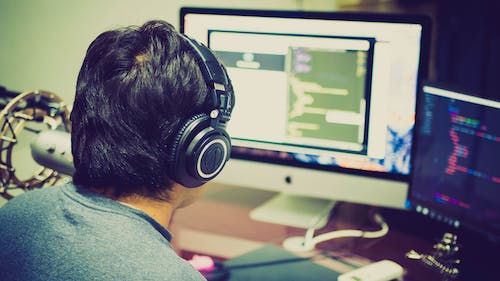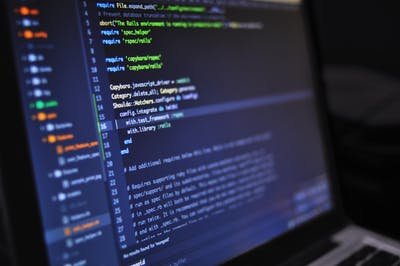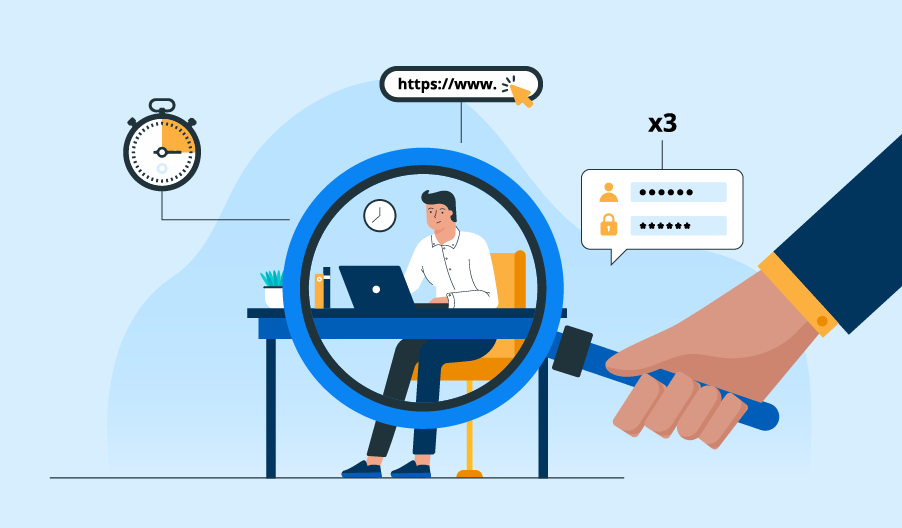We define our lives by our work. It takes the most central portion of how and why we live. Most of our passions and dreams are in tune with where and what we do. It is only natural for the world to scatter in shackles when the pandemic came knocking. A monumental change is something that would sound fitting to our current situation.
Nevertheless, we have seen people across the globe adapt the best possible way they can. We have seen a complete change in our working spaces and styles. With the arrival of the pandemic, the concept of working with hundred people in compact spaces became foreign.
The idea of staying in small spaces with multiple people at one time slowly became a nightmare for most people. The only alternative to help harness the maximum amount of productivity is working from home. People are now totally or partially functioning from the four corners of their house. Work from home, a concept that was once alien, has now become the very center of our work style
.
When this change hit us, several questions came to us. For example, the question of productivity was very common. Would people be able to maintain their levels of productivity when they function from such a set-up? For these very purposes, the rise of surveillance systems saw an increase.
Employers of several organisations are now using Employee Monitoring Software to track the progress and productivity of their employees. The question remains whether or not the usage of such software would help and enhance the performance of their employees.
There are multiple factors to consider when an employee monitoring software is made mandatory for the employees. For example, how will an increase in surveillance affect the performance of the workers and how so?
Here are a few factors that evaluate the benefits and demerits of using such analytical tools
Beneficial for upper management
All organisations expect a certain set of deliverables from their employees. When employees come to their workplace, they are bound to be under the watchful eyes of their managers. However, when people are no longer functioning under the eyes of their manager and management, what will push them to be more productive?
At this junction, one must understand that the drive and commitment people have for their work should always be measured by their performance and output. So, if an employee is working for ten hours and putting enough screen time throughout the day, can that essentially guarantee good results?
There is no definitive answer to the productivity of employees. However, using an analytical tool that tracks the progress and everything the employees do will not be beneficial. This is because not only will the employees feel that their privacy is being embarked upon, they might have problems following up with their tasks when they are being watched.
Possible Problems That Can Arise From Using Analytical Tools
A good manager will always ensure that their team works in perfect unison. Without the support of the team, it is slightly difficult to achieve certain goals.
For these reasons, employers may feel that using an analytical tool will be best. In the close spaces of an office, a manager can track the daily progress of their employees. However, as far as work from home goes, the manager can make updates and get on meetings with their staff.
With the usage of analytical tools provided by Microsoft and Google G Suite, the manager will be able to track the productivity of their employees. This may end up creating a bias of sorts. An employee who works better in terms of screen time and engagement will rank higher than those who are not. Even though the ideal way to function in a work-from-home environment is maximum productivity, one must also consider other factors.
For example, our lives have become extremely difficult in a year. Managing household chores, children, family, work, and so much more in close spaces can be extremely difficult.
The women folk can especially be at a disadvantage as they would have to share more responsibilities. For parents as well, this mode of work would be highly challenging.
Nevertheless, if the employees are showing on time and putting in their maximum effort, using a surveillance system would only hurt their morale.
Furthermore, this kind of pressure in the workplace could dampen the credibility and integrity of the workers. They may not work because of the drive they feel with the organisation but simply do so because it pays their bills.
Is Working From Home Better Than Working in an Office?
There are multiple pros and cons that can explain just how people are functioning from the enclosure of their houses. A study published by Stanford University attests that an increase in productivity has been a key result of work from home. An increase of 13% productivity has been the direct result of working from home.
People save on multiple things when they work from their homes. Persons who have disabilities and cannot make the workspaces accessible for themselves, need this mode of work extremely.
The Multiple Facets of Employee Monitoring Systems
We define our lives by our work. It takes the most central portion of how and why we live. Most of our passions and dreams are in tune with where and what we do. It is only natural for the world to scatter in shackles when the pandemic came knocking. A monumental change is something that would sound fitting to our current situation.
Nevertheless, we have seen people across the globe adapt the best possible way they can. We have seen a complete change in our working spaces and styles. With the arrival of the pandemic, the concept of working with hundred people in compact spaces became foreign.
The idea of staying in small spaces with multiple people at one time slowly became a nightmare for most people. The only alternative to help harness the maximum amount of productivity is working from home. People are now totally or partially functioning from the four corners of their house. Work from home, a concept that was once alien, has now become the very center of our work style.
When this change hit us, several questions came to us. For example, the question of productivity was very common. Would people be able to maintain their levels of productivity when they function from such a set-up? For these very purposes, the rise of surveillance systems saw an increase.
Employers of several organizations are now using Employee Monitoring Software to track the progress and productivity of their employees. The question remains whether or not the usage of such software would help and enhance the performance of their employees.
There are multiple factors to consider when an employee monitoring software is made mandatory for the employees. For example, how will an increase in surveillance affect the performance of the workers, and how so?
Here are a few factors that evaluate the benefits and demerits of using such analytical tools
Beneficial for Upper Management
All organizations expect a certain set of deliverables from their employees. When employees come to their workplace, they are bound to be under the watchful eyes of their managers. However, when people are no longer functioning under the eyes of their manager and management, what will push them to be more productive?
At this junction, one must understand that the drive and commitment people have for their work should always be measured by their performance and output. So, if an employee is working for ten hours and putting enough screen time throughout the day, can that essentially guarantee good results?
There is no definitive answer to the productivity of employees. However, using an analytical tool that tracks the progress and everything the employees do will not be beneficial. This is because not only will the employees feel that their privacy is being embarked upon, they might have problems following up with their tasks when they are being watched.
Possible Problems That Can Arise From Using Analytical Tools
A good manager will always ensure that their team works in perfect unison. Without the support of the team, it is slightly difficult to achieve certain goals.
For these reasons, employers may feel that using an analytical tool will be best. In the close spaces of an office, a manager can track the daily progress of their employees. However, as far as work from home goes, the manager can make updates and get on meetings with their staff.
With the usage of analytical tools provided by Microsoft and Google G Suite, the manager will be able to track the productivity of their employees. This may end up creating a bias of sorts. An employee who works better in terms of screen time and engagement will rank higher than those who are not. Even though the ideal way to function in a work from home environment is maximum productivity, one must also consider other factors.
For example, our lives have become extremely difficult in a year. Managing household chores, children, family, work, and so much more in close spaces can be extremely difficult.
The women folk can especially be at a disadvantage as they would have to share more responsibilities. For parents as well, this mode of work would be highly challenging. Nevertheless, if the employees are showing on time and putting in their maximum effort, using a surveillance system would only hurt their morale.
Furthermore, this kind of pressure in the workplace could dampen the credibility and integrity of the workers. They may not work because of the drive they feel with the organization but simply do so because it pays their bills.
Is working from home better than working in an office?
There are multiple pros and cons that can explain just how people are functioning from the enclosure of their houses. A study published by Stanford University attests that an increase in productivity has been a key result of work from home. An increase of 13% productivity has been the direct result of working from home.
People save on multiple things when they work from their homes. Persons who have disabilities and cannot make the workspaces accessible for themselves, need this mode of work extremely.







